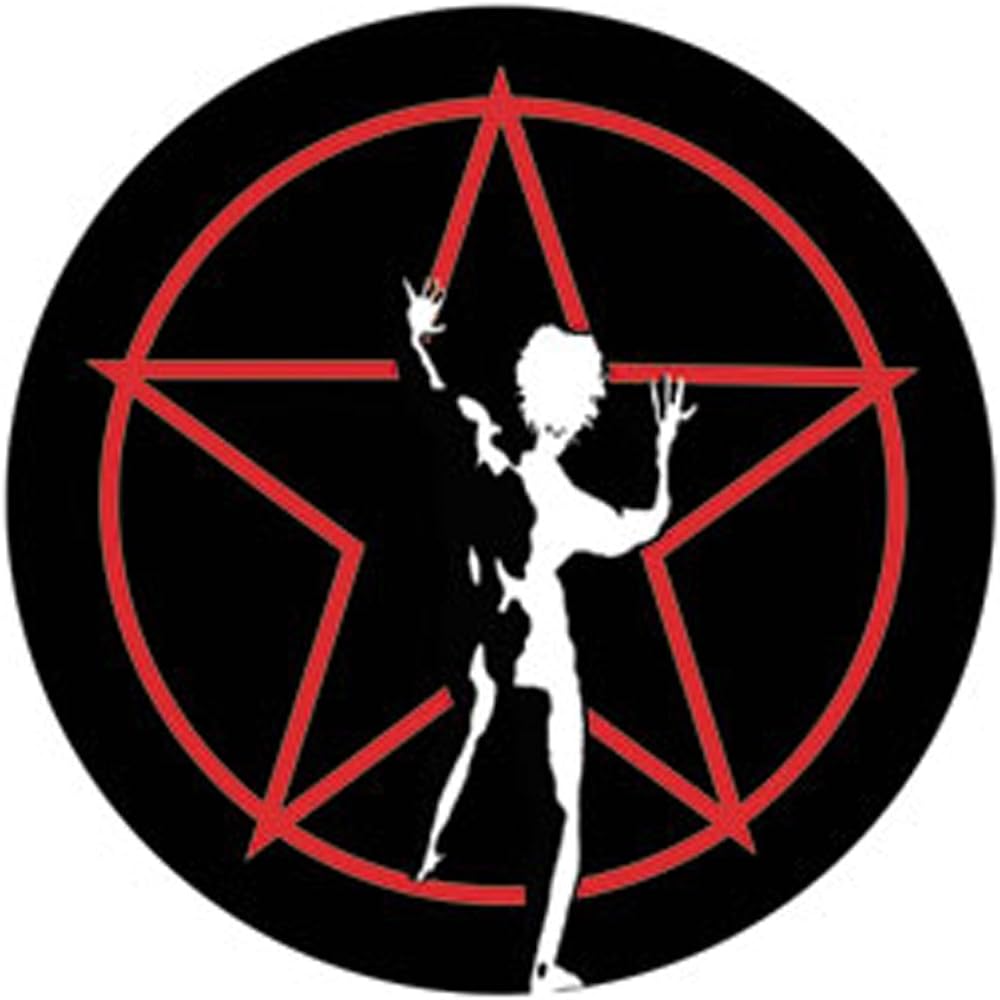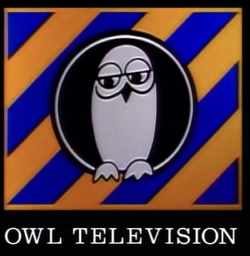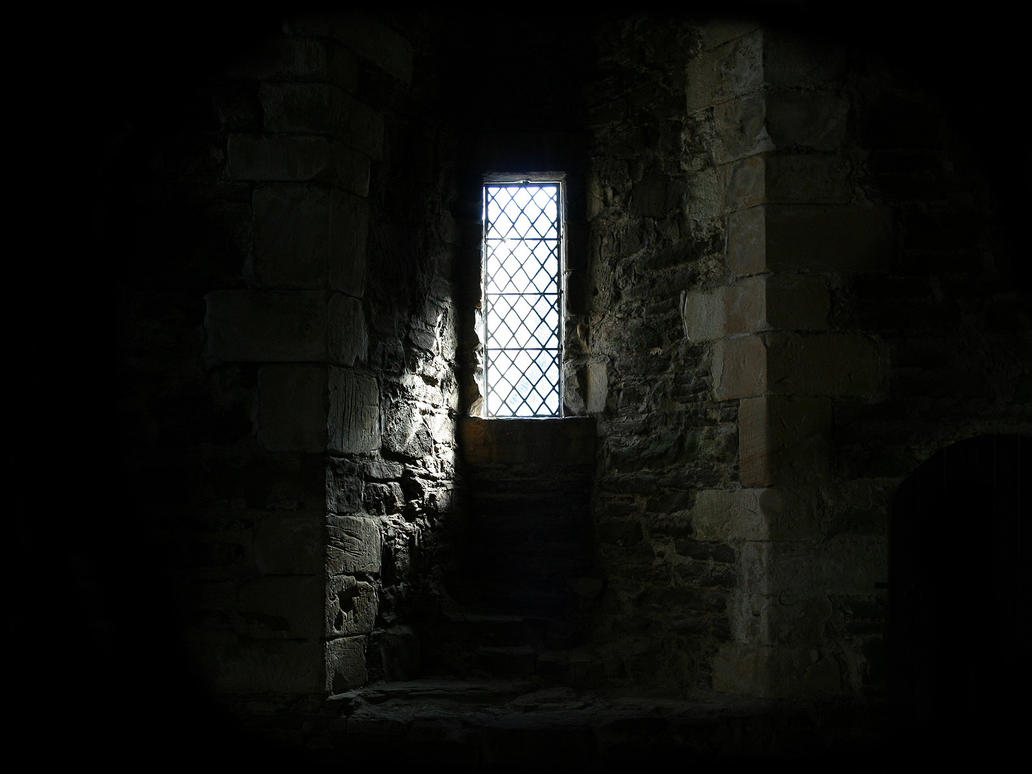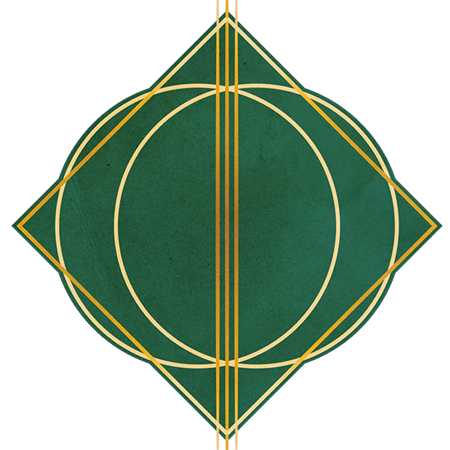I found it at the dollar store.
I would definitely find a couple use cases for these
The way these are called male and female has always been so wild
Don’t know what to tell you, people just kinda tend to be horny.
It‘s a pretty good metaphor I‘d say and less bland than calling them plug and socket.
To connect two USB-A ports.
Basically the same as a USB-A to USB-A cable, just really short.
USB-A to USB-A cables do not exist, the USB standard does not allow them, if you have a cable with two USB-A connectors then it’s not actually a certified USB cable. The same goes for USB extension cables and this adapter. Note how there isn’t a ‘USB certified’ logo on the package.
They do exist, despite the USB standards not allowing them
See: cheapo video capture card for work, other side is just HDMI-IN and OUT
They shouldn’t exist but don’t mean they don’t when you get the cheapest little devices you can find
They do exist, despite the USB standards not allowing them
A USB cable is a cable that conforms to the USB specification. If a cable does not conform to the USB specification then it isn’t an USB cable by definition
I’m not saying a cable with 2 USB-A style connectors doesn’t exist, I’m just saying that it is not a USB cable. Just like a glass of Pepsi is not a glass of Coca-Cola even though it may look like one.
USB-A to USB-A cables do exist.
I have seen many (very cheap) peripherals use USB-A sockets. I figure those sockets must be a few cents cheaper than alternatives.
And there was a USB certified logo on these cables and devices?
China stuff loves to slap logos on there that do not apply, so probably without having seen this particular abomination myself. Fake CE markings are super common though.
USB-A to USB-A doesn’t exist
*looks at old charger from an American device*
HOLY SHIT A CRYPTID CALL SCP
That’s not a USB charger.
HOLY SHIT AN UNIDENTIFIED CRYPTID CALL SCOOBYDOO!
The cables exist; they just don’t follow the standard. I’ve used them when developing consumer electronics: the host controller on the device switches to device mode in the bootloader, allowing a host machine to connect and debug/flash the device.
USB-A to USB-A cables do not exist
wtf are you talking about, of course they do.
Show me where in the USB standards these are specified.
This is like saying that a building isn’t a building if it’s not up to code
Or like saying usb-a to usb-c adapters don’t exist because they’re not part of the standard but we all have like six of those damn things even though we’ve never actually bought a single one.
But those are actually part of the standard.
Are they? Everything I can find seems to say they aren’t.
I remember when the first usb-c Macbooks hit stores Apple didn’t have usb-a to c adapters for sale because they weren’t in spec, a lot of reviews mentioned that.
They cables and exist and they work. So being “specified” doesn’t mean jack shit.
They might sometimes work. They aren’t guaranteed to work.
deleted by creator
Here is an alternative Piped link(s):
https://www.piped.video/watch?v=mEB7WbTTlu4
Piped is a privacy-respecting open-source alternative frontend to YouTube.
I’m open-source; check me out at GitHub.
They meant cables in spec with the USB specification at the time usb-a was new.
Now with usb-c, it’s kinda moot, as most cables are male to male anyway… of course that means we’re more likely to see USB-C female to female adopters now
USB-C female to female adapters also are out of spec. The USB standard does not allow for extensions. USB cables only have male connectors (with the exception of USB-OTG dongles).
It’s not hard to imagine a product that would require one, though. It’s how every phone charging cable works, just with a different size male USB on one end.
It’s how every phone charging cable works, just with a different size male USB on one end.
No, it’s exactly not how every phone charging cable works, at least not for non USB-C cables.
Pre-USB-C cables are explicitly unidirectional. In USB there are ‘hosts’ (usually computers) and ‘devices’ (flashdrives, camera’s, mice, keyboards, etc.). The host side always has a female USB-A connector, a device either has a female USB-B connector (if it’s intended to be used with a cable), or a male USB-A (if it’s intended to be plugged in directly into a host, like a flash drive). A real, standard-conformant USB cable can only go from USB-A male to USB-B male (with the addition of USB-C, it can also go from A-to-C, from C-to-B, or C-to-C). Never A-to-A or B-to-B, extension cables (male to female) of any type, A, B or C, are not allowed either.
USB was specifically designed like this so you can never connect a device to a device or a host to a host.
On the host side, you pretty much only see full size USB-A ports. On the device side there are 3 common types of USB-B ports: standard size (you can for example see these on printers and scanners), mini-USB-B used a lot on older phones, and later micro-USB-B. On each side the male part is on the cable, the female part is on the host or device.
Say gex
Gex 3D: Enter the Gecko
gex
haha, gross
Hey gexy
Sometimes you have a female to female cable.
So your pets can’t chew the hard-disk cables.
Unless you have a pet rabbit.
Don’t think of it as a tiny cable, think of it as a gender bender. You can put on the end of some female cable.
You’re more likely to see dongles like this at fixed installations. Like somebody puts a USB port into a wall, like a speaker’s podium, or a presentation stand. So one side is fixed, depending on what you want to hook up to it, you might need to have a gender bender.
Is the cable considered transgender after that ?
USB is bi-directional. So it really doesn’t care about the plug gender. Some other protocols are directional, then the plug gender is very important, so adapters for directional protocols tend to be more expensive, it may even require external power.
Once USB on the go was invented it cease to matter at all.
Today I learnt my sexuality is USB
Universal Sexual Bus?
What your describing sounds more like a double ended dildo
double ended dildo
Isn’t that just a gender bender for women? Now we just need a double ended fleshlight for equality… And no I’m not going to google that!
As long as the double ended dildo provided low impedance electrical through ways, and distinct electrical paths for at least four conduits, with minimal capacitive cross talk… then yes
I like you and your style. Do not let a stupid dirty joke get in the way of proper electrical and data connections. It tells me where your priorities are and I respect that.
deleted by creator
I had an old Medion digital camera that used USB-A - USB-A cable for synching with PC.
This could be a shorter version of it, tho idk why would anyone use this for thus purpose, would be awkward
Such A-to-A adaptors and cables always have been prohibited by the USB spec, but people built them anyway. A common usecase for “illegal” A-A cables i remember was connecting PCIe cards (especially GPUs and mining cards) externally to riser sockets.
I have an external 3,5“ HDD enclosure that needs a male to male USB 3.0 A cable to plug into a PC. Still wondering, why they didn’t use B…
That’s really odd. Why use a host connector when a client connector is intended for the purpose.
Did they entirely miss the purpose of USB?
Cost? A USB-A 3.0 connector is probably a few cents cheaper than a B 3.0 connector
Yeah, it must be that.
I have a similar caddy. Many years old now. The connection to the host computer is a USB-A female, so connecting it requires a male to male cable.
I bought a breadboard power supply and the options to feed it power are a barrel jack and usb-a. Considering the size of the thing mini or micro would have made way more sense.
The ones I have go trough the onboard voltage regulator and you can use them to power USB-devices. I suppose they’ve skipped diodes and other protective components so it can feed back to the circuit, but I haven’t tested that.
https://en.m.wikipedia.org/wiki/USB_On-The-Go
In 2001 the directionality became kind of moot. Especially if you want to do attach something with an on-the-go host
An OTG setup needs all 5 pins of the micro-B connector. USB A cannot be used for OTG. If a USB-A port can act as a client, that’s not OTG, it’s a botched implementation.
Technically, yes… but life finds a way https://pinoutguide.com/PortableDevices/usb_otg_pinout.shtml
I have a cheap HDMI capture device that takes in video input, exposes it to the computer as a regular webcam, and then outputs it back to HDMI. It gets the job done.
It uses an USB male to male for power, and a regular one for data.
That said, not sure how a short one like that would help.
So you have 2 USBC devices you want to connect together, a laptop and a phone for example, but for some reason you can’t find your USBC to USBC cable but you do have 2 USBC to USBA cables.
Well by breaking the USB specifications you can connect the 2 cables together to make a janky USBC to USBC cable.
Alternatively you can get single circuit boards with USBA ports on them and you can use this jank of an adaptor to link them together.
Ass-to-ass.
Docking
I’ve used them for extension, as it allows you to attach a second, regular USB cable to it.
Well, what do you mean by “regular”? The cable would need to be female on at least one end, which I usually see in… USB extension cables.
Yeah, these kinds of little gendered connectors seem pointless until you absolutely need them for something specific then they’re priceless.
They’re not priceless, they’re $3.00
It’s a banana, how much could it cost?
In this case, less so, because any normal A to A cable would do the same thing, just with more room to spare.
Agreed in general, though. I have so many random audio and video adaptors that I’ve used a surprising number of times.
It’s supposedly cheaper than a cable.
Not that you probably need to know this, but for some other stranger: there’s a max functional length to USB cables. At work I remember pulling my hair out troubleshooting a printer until we swapped cables for something shorter.
That said, there are “active” USB extension cables which draw current from the power lines and use it to boost the signal along the data lines
And that max length goes down with each coupling.
We have smart boards in most classrooms, but in an entire wing of my department the smart board doesn’t work. Reason? When we built the wing, 8 or 10 years ago, the installers fitted their own low grade plugs on the USB connection for the boards, before figuring out that they snipped the cables too short. Instead of running new cabling the installers then introduced another extension.
Nobody cared to check it out before accepting delivery and my complaints went unheard by management, until it was too late to RMA it.
Meanwhile I have 25ft cables running my large format vinyl printers lol
My large format vinyl printer uses Ethernet. TIL there are USB vinyl printers. What kind of printer do you have? Latex 260 here
We had a 53" US Cutter and it attached to the computer by USB. If we’re talking about the same thing.
He said printer though that’s what’s what threw me off. That’s a cutter. My bad I thought he was talking about a USB large format printer, I only replied because I’m looking for a slightly smaller printer for my smaller decals, and I’d be interested in a serial or USB printer.
My PC is in the basement and I’ve got USB and serial going everywhere running different cutters, 3d printers, CNC, etc upstairs and down, also in the garage. Works great.
I actually have a APC UPS at work that uses a USB-A to USB-A cable. You can look up the cable online, it’s part number 940-0504. I was surprised APC used such a cable. I think if you tried to do something dumb like connect two PCs together with it, one of the USB ports would fry.
pretty sure i tried it as a kid and nothing happened.
Not one that short but I do have A to A cord like that in use. In my case it’s with a KVM that I lost and AC adapter for but found that if I plugged in to one of the rear console connections it could get it to power on from the USB device. Cable it to a USB charging port on the front of one of the UPS and away it goes.

















